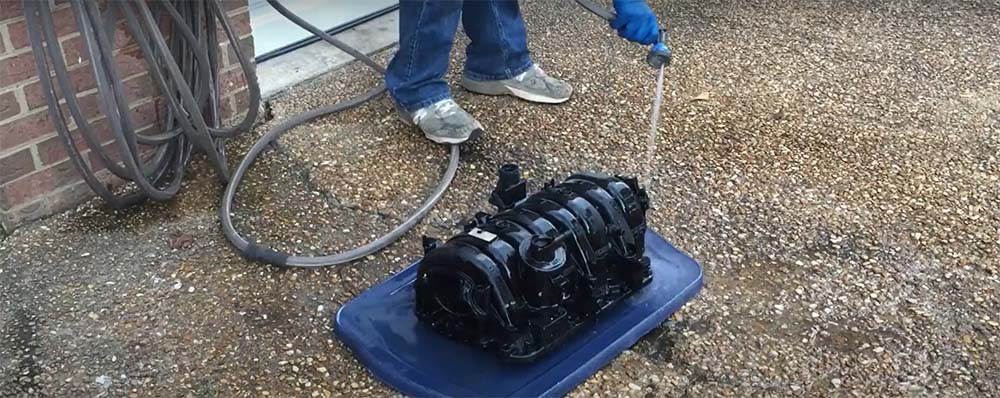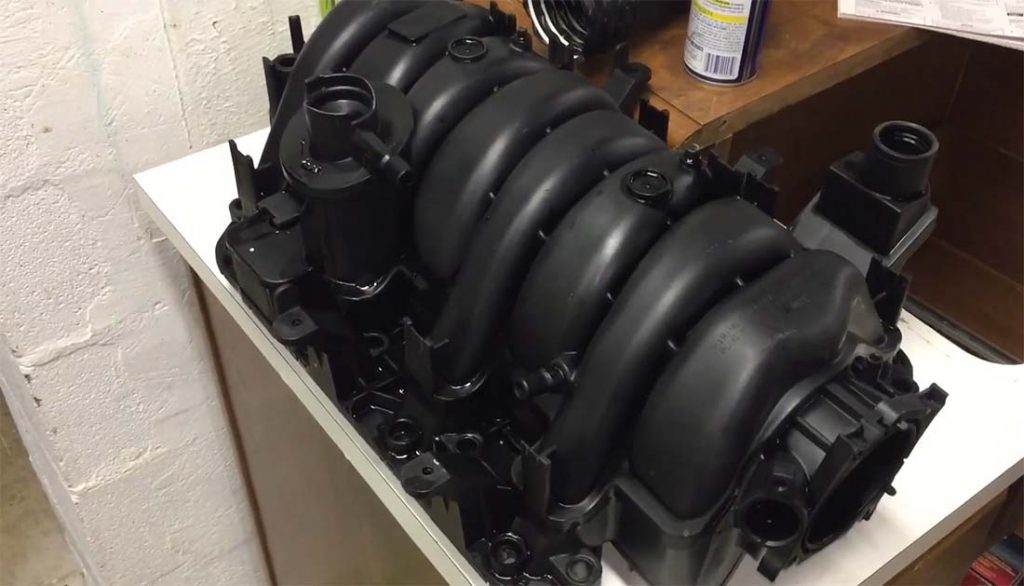The intake manifold is a crucial component of the 5.7 Hemi engine, responsible for distributing air to the engine’s cylinders. Over time, it can accumulate deposits that impede its function, affecting the vehicle’s performance. Cleaning the 5.7 Hemi intake manifold is an essential maintenance task that restores engine efficiency, improves fuel economy, and ensures smoother operation. This article delves into how to clean the 5.7 Hemi intake manifold, spotlighting the importance of this process in engine maintenance.
Recognizing the Need for Cleaning
Recognizing the necessity of cleaning the 5.7 Hemi intake manifold is critical for maintaining optimal engine functionality. The manifold, susceptible to accumulating oil, carbon, and other debris, can significantly hinder your engine’s performance if left unchecked. Identifying the signs of buildup – such as diminished power output, inconsistent idling, or an increase in fuel consumption – is essential. Moreover, the presence of oil in the manifold, which can lead to leaks, signals the urgency for cleaning. These leaks may arise from a variety of sources, including wear and tear over time, improper installation, or the effects of engine overheating. Addressing these issues promptly by cleaning the intake manifold can restore engine efficiency and prevent further complications.
Preparing for the Cleaning Process
Preparing is a methodical step that requires attention to detail. Gathering the right tools and materials beforehand ensures the process goes smoothly and efficiently. The items you’ll need include:
- A comprehensive set of wrenches and sockets for disassembly
- Gasket scraper to remove old gasket material
- High-quality carburetor or intake manifold cleaner
- Soft bristle brush and clean, lint-free cloths for scrubbing and drying
- New manifold gasket to ensure a perfect seal upon reassembly
- Safety equipment, including gloves and glasses, to protect against chemicals and debris
This preparation is pivotal in setting the stage for a thorough cleaning effort, aimed at rejuvenating your engine’s intake system.

Step-by-Step Cleaning Process
The Cleaning Process itself involves several meticulous steps to ensure the manifold is cleaned thoroughly:
- Preparation: Start with a cool engine. Disconnect the battery and remove any components hindering access to the intake manifold.
- Removal: Detach the intake manifold carefully, noting any attached sensors. Careful attention must be paid to disconnect all attached components and sensors.
- Cleaning: The cleaning phase includes applying a specialized cleaner to dissolve stubborn deposits, using a soft bristle brush to gently scrub away the grime. It is crucial to perform this process with care to avoid damaging the manifold’s surface.
- Drying and Reassembly: After cleaning, dry the manifold and replace the gasket before reattaching it to the engine.
This detailed cleaning not only restores the manifold’s function but also helps in identifying any potential issues that could lead to engine problems down the line.
Reassembly and Post-Cleaning Checks
Reassembling the 5.7 Hemi intake manifold post-cleaning is a task that demands precision. It’s a process that goes beyond merely putting parts back together; it involves ensuring that every bolt, gasket, and component aligns perfectly to prevent leaks and maintain optimal air-fuel ratios. The installation of a new gasket is crucial, acting as the seal that ensures the integrity of the engine’s internal environment. Torquing bolts to specifications is not just about following instructions; it’s about guaranteeing the durability and reliability of the engine under various operating conditions. Post-reassembly checks are paramount, serving as the final step in safeguarding against potential issues. This meticulous approach to reassembly is what bridges the gap between routine maintenance and enhanced engine performance, underscoring the significance of every action taken during this phase.
The Importance of Regular Maintenance
Maintaining the 5.7 Hemi intake manifold in pristine condition is an ongoing commitment to your vehicle’s longevity and performance. Regular inspections and cleanings are not just maintenance tasks; they’re investments in the future of your engine. Incorporating these practices into your vehicle’s care regimen can preempt issues, optimize performance, and extend the engine’s life. It’s about fostering a deeper connection with your vehicle, understanding its needs, and responding proactively. This holistic approach to maintenance underscores the manifold’s role not merely as a component but as the heart of the engine, vital for sustaining power and performance. By prioritizing the health of your intake manifold, you ensure that your 5.7 Hemi remains a paragon of engineering excellence, ready to deliver exceptional performance that resonates with every turn of the key. For more detailed insights on how much hp a stock 5.7 Hemi intake manifold can add, be sure to read our other article.
Conclusion
Concluding, the process of cleaning the 5.7 Hemi intake manifold is a straightforward but essential task for maintaining your engine’s efficiency and performance. Through the detailed steps outlined – from recognizing signs of buildup, preparing with the right tools and materials, to executing a thorough cleaning and careful reassembly – we’ve underscored the importance of this maintenance procedure. Regular cleaning not only prevents potential performance issues but also contributes to the longevity of your engine.
It’s critical to approach this task with attention to detail, ensuring that every component is cleaned, inspected, and reassembled correctly. This proactive maintenance can help avoid more significant engine problems in the future, ensuring your 5.7 Hemi operates smoothly for miles to come. Remember, keeping the intake manifold clean is an ongoing commitment that pays dividends in the form of reliable engine performance and efficiency.

